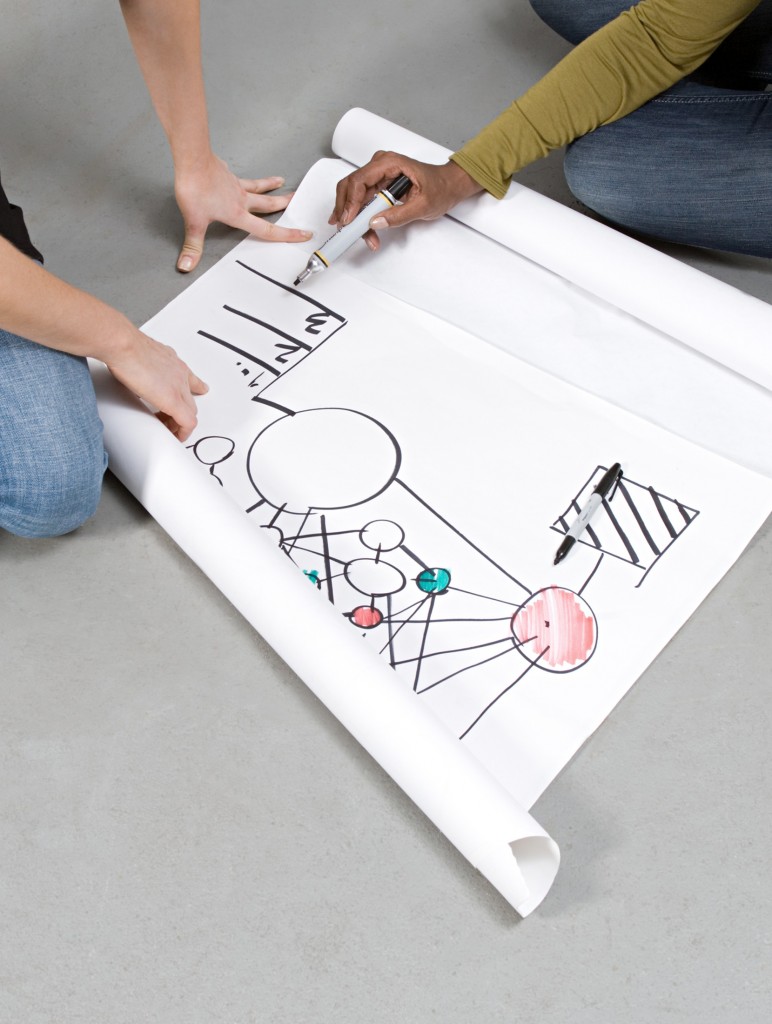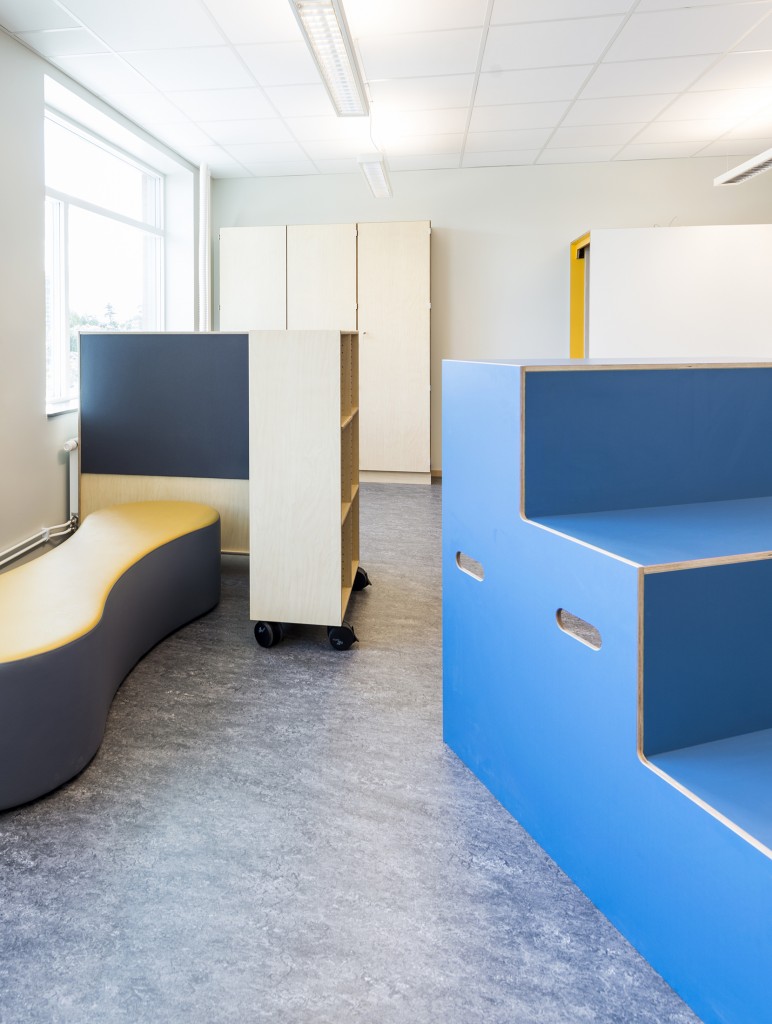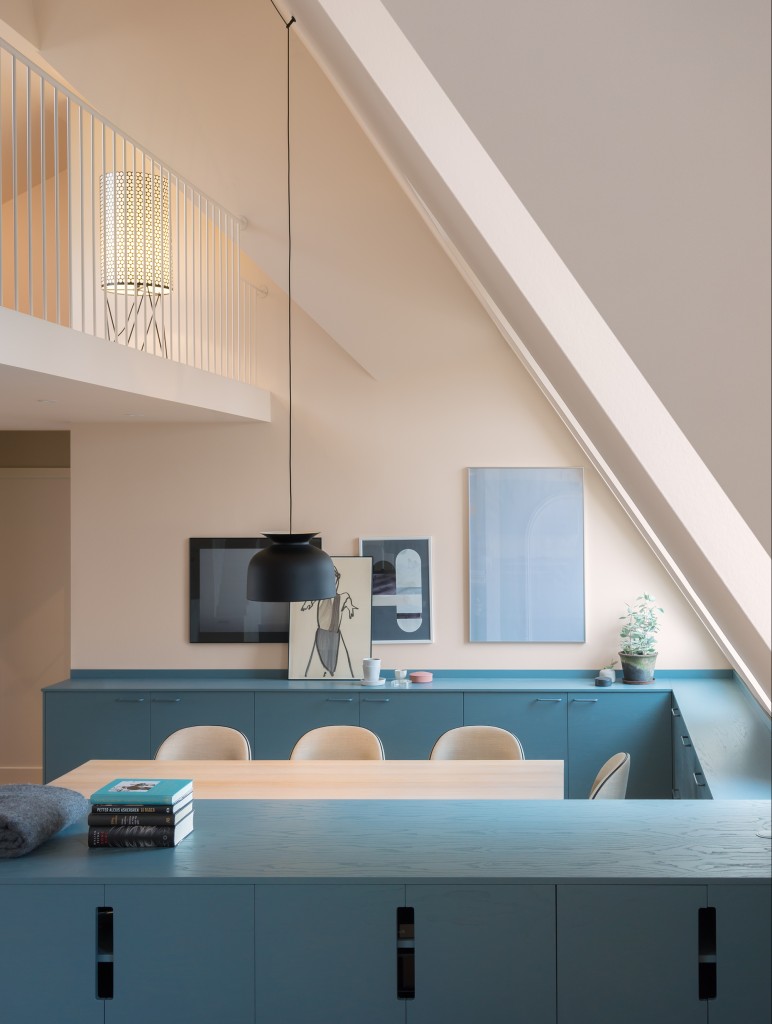Post corona − what have we learned?
Look beyond its obviously dark context and the pandemic has brought both advantages and disadvantages for our working lives and workplaces, which have changed dramatically in a very short space of time. Months of social distancing, digitalisation and homeworking have taught us how to crack on with things and adapt. But not without a few wistful memories bubbling to the surface about physical meetings, social interaction and coffee breaks.
“A few weeks, perhaps months. But we’ll soon be back to normal after the summer.” Does that ring a bell with anyone? Once the pandemic became a reality, many of us hoped for a rapid recovery. Now we are all too conscious of the fact that what we want and long for has no impact whatsoever on the time frame of this pandemic. What we initially believed would be short-term changes to our everyday lives have become the new normal and something that many experts predict will linger and affect our working lives long after mass vaccinations and the return to a safer existence.
So what lessons has the pandemic taught us? What can we actually benefit from to deliver better workplaces and public spaces in the future?
Remote working – Here to stay?
In order to tackle the spread of Covid-19, the authorities recommended working from home as far back as spring 2020 – something many companies took on board. A drastic change in our working lives, unlike anything seen in modern times. According to statistics from Statistics Sweden, just over one-third of the Swedish population was working from home to some degree during the autumn. A few months earlier, the figure was even higher.
“The Covid-19 pandemic has clearly brought about a change for office workplaces, employees and employers. Many have appreciated working from home and can see the benefits of continuing to do so too. Alongside this, we’ve seen an increased demand for home office furniture throughout the Nordic region and have so far delivered almost 10,000 home office setups to our clients’ employees,” explains Mille Milehem, COO at Input interior.
The most requested items as far as the home office is concerned are comfortable, ergonomic office chairs and heightadjustable desks, as well as lighting and ergonomic anti-fatigue mats. Sleek, high-quality products that work in a home office where floor space is limited. What matters most is that employees are able to work at home for long periods without the risk of developing aches and pains caused by poor ergonomic working postures.
Some companies have also ordered furniture for employees that will be moved to the office when employees return once the pandemic has passed.
“This investment shows that many employers are taking work environment issues seriously, which is pleasing. It also indicates that there is a great likelihood that remote working will continue to an increased extent at many companies after the pandemic,” says Mille, who continues:
“I don’t believe, however, that the office as we know it has had its day. Personal meetings are still a catalyst for ideas and creative processes. Moreover, it’s my belief that many people miss the company of their colleagues. My guess is that we will see a combination of office work and remote working, which will likely contribute to the adaptation of existing premises for many companies and organisations.”
Novel ideas about social distancing and screening live on in the workplace. It’s about new procedures for internal infrastructure and restrictions on how many people, for instance, can be present in smaller spaces, such as dining areas or conference rooms, at the same time. Simple changes in how workplaces are arranged may also live on, such as increasing the distance between work stations and sitting at a 90° angle instead of opposite one another. In situations where it is not possible to increase distances, screens will become an important tool. There are already a number of discreet alternatives to screens that complement existing products on the market.
Clean, fresh and safe
Another consequence of the pandemic is the increased sense of insecurity that people experience in public spaces. A crucial factor in helping employees and visitors to feel safe, physically and emotionally, will be creating a fresh feel for premises and interiors.
“There has been immense focus on hygiene since the pandemic hit. Having clean, hygienic premises and interiors that look fresh will be vital if public spaces are to be perceived as safe again. In these cases, reconditioning and simple measures such as upholstery cleaning and impregnation of textiles are good options when it comes to freshening up an existing interior design concept. This is also something that extends the life of the furniture and goes hand in hand with an increased focus on sustainable, climate-smart choices. I really believe that,” says Mille.
He thinks that features that have long been commonplace in the health and social care sector, such as durable material options that can withstand daily cleaning, may become more familiar sights in other settings. And there may be a growing interest in antibacterial surfaces and fabrics too.
“I certainly think that a great deal will return to how it was, albeit with some changes and tweaks. And regardless of how much we long for all this to be over, we mustn’t miss the opportunity to draw on those experiences from the pandemic that can help us to improve public spaces in the long term.”
















